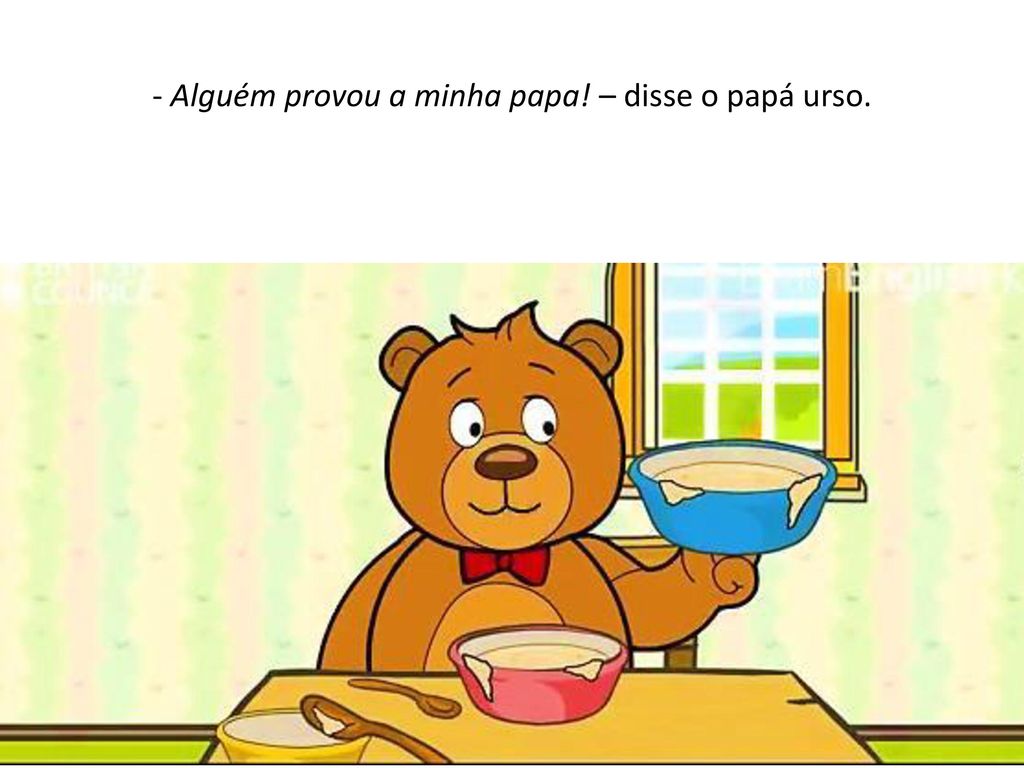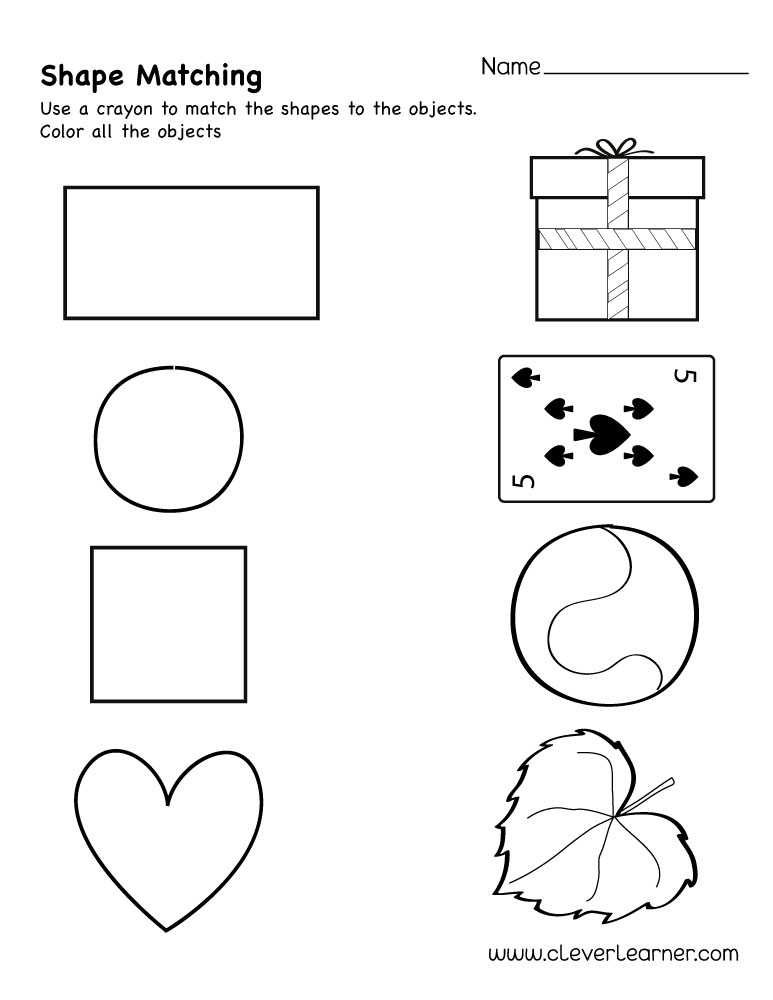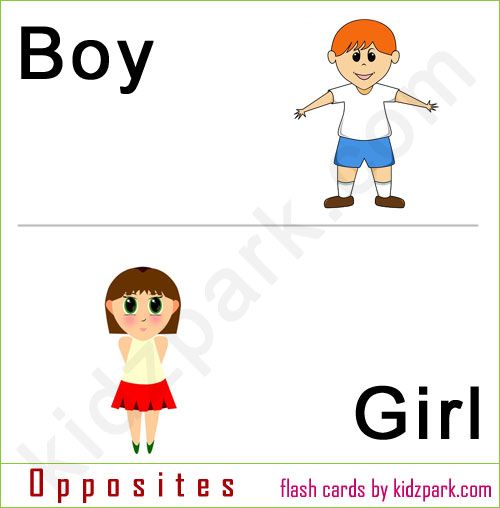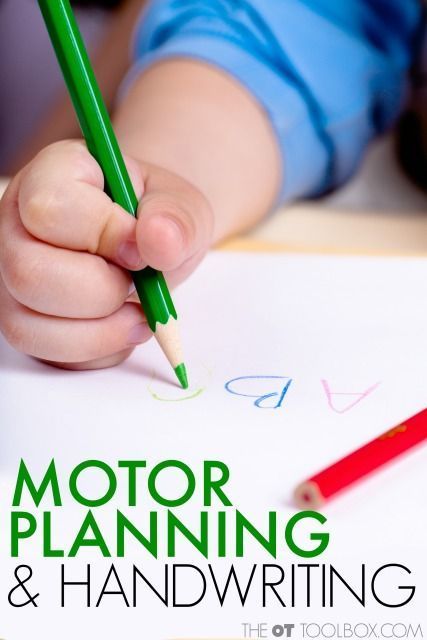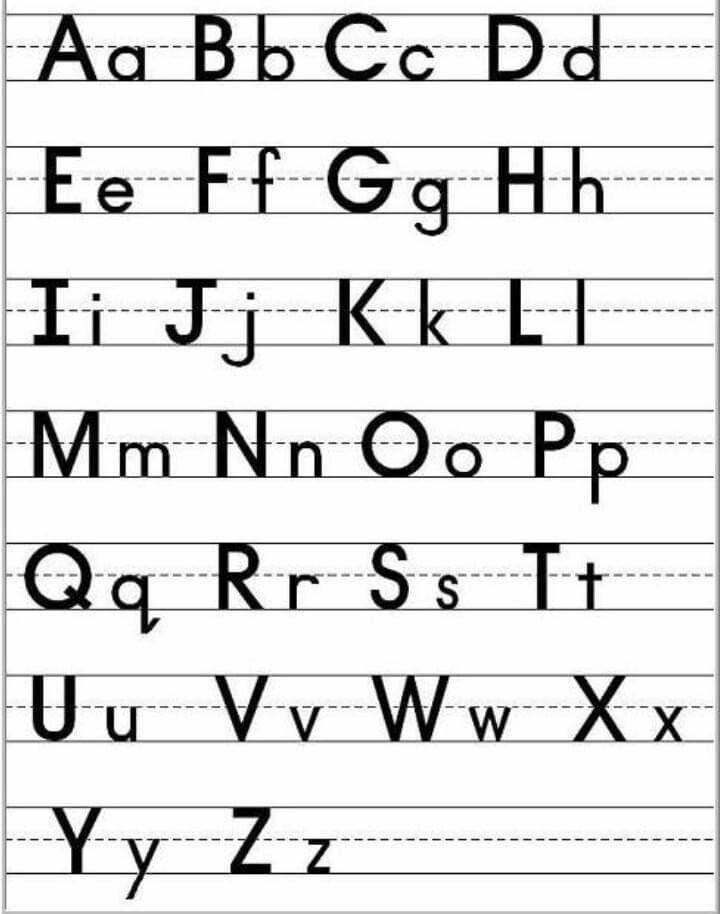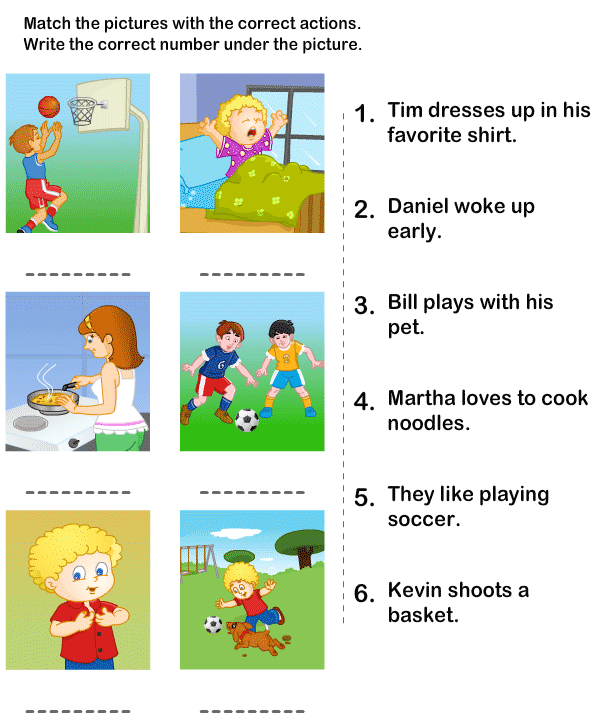Social emotional learning activities for kids
5 Easy Social Emotional Learning Activities For Kids To Do At Home — Better Kids
As parents, we worry about whether our kids will make friends and will be equipped to adapt to life’s challenges. Social emotional learning, commonly shortened to SEL, represents the set of skills your child needs to thrive throughout their life. SEL is commonly described by five core competencies: self-awareness, self-management, responsible decision making, relationship skills, and social awareness. Very simply put, SEL allows children and adults to understand their own emotions and the emotions of others, and to use this understanding in their choices and relationships.
While “SEL” has become a common buzz word among educators, social emotional learning does not just occur in the classroom; it is an important part of our home, as well. Here are five easy social emotional learning activities for children (and adults!) to support SEL in your home:
1.You’ve likely heard of the many benefits that come from adults keeping gratitude journals. This daily dedication to giving thanks is not just beneficial for adults! Keeping a gratitude journal helps children increase their self-awareness and self-management; this daily time to express gratitude allows children to reflect on their lives and focus on positive aspects.
Create a gratitude journal - somewhere that your child can write something for which they are feeling grateful that day. Your child can decorate the front or even create the book themselves for added ownership and fun. Rather than write broad gratitudes like “family” or “food,” try to encourage more specific aspects of their lives. Use this template or these questions to help encourage deeper thinking and more precise gratitudes:
Who is one person that makes you feel grateful today?
What was one thing you ate today for which you feel grateful?
What is one thing you/ your body is able to do right now that makes you feel grateful?
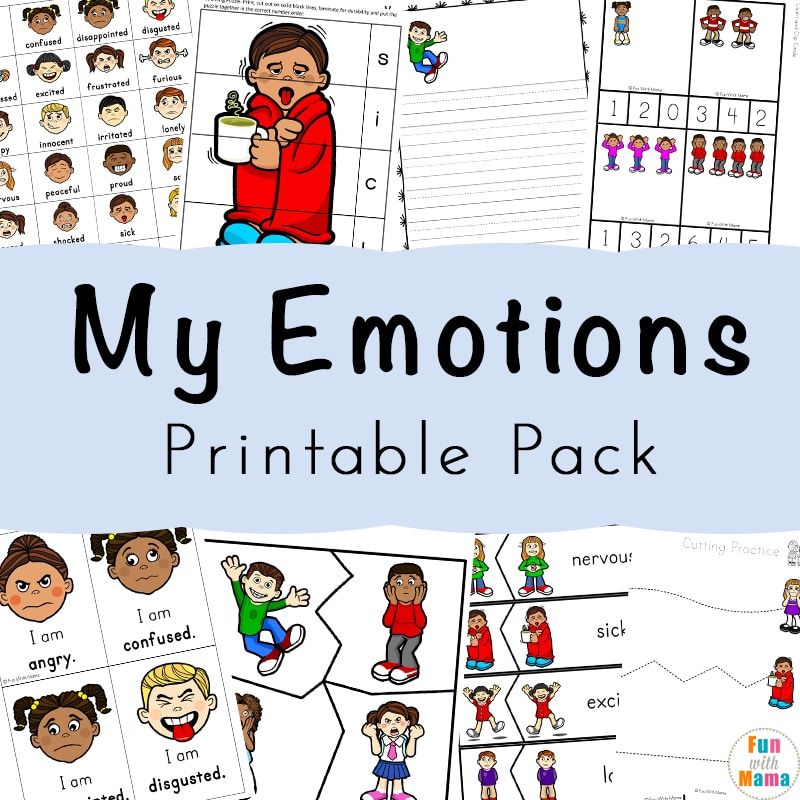 Create a glitter jar
Create a glitter jarCertain visual stimulation can awaken our senses and calm feelings of anxiety or anger. Watching glitter swirling and floating in a jar of water can encourage children’s self-management, as they learn to pick up their glitter jar and calm their strong emotions with greater independence. While your child grows more practiced in using their glitter jar to manage strong emotions, you can help support them with prompts like these:
It seems like you are experiencing a big emotion right now. Would you like to take out your glitter jar? When it settles, you might be ready to discuss what happened.
Perhaps your mind is having difficulty focusing right now. How about you take out your glitter jar and take some deep breaths while watching the glitter settle? Let me know when you feel ready to focus again.
You might not have a solution to your problem right now but how about you take out your glitter jar to see if you get any ideas after watching it?
To create your own glitter jar you will need a jar, airtight lid, water, and a bit of glitter.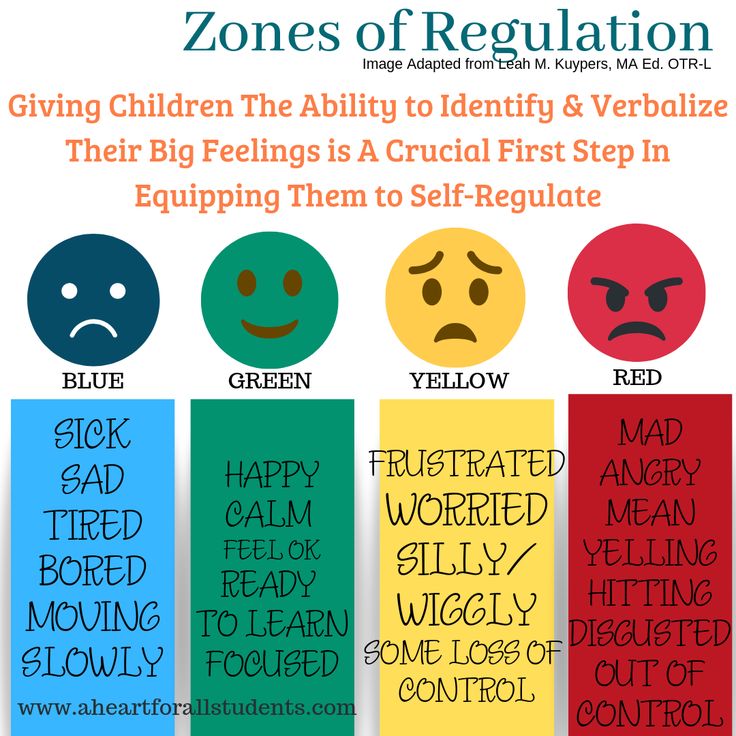 This fun hands-on art activity will last a long time if handled with care, and offer great opportunity for social emotional learning. If you want to avoid the possible mess of a physical glitter jar, you can alternatively find similar effects online. For example, try the Augmented Reality (AR) glitter jar feature on the app, Wisdom: The World of Emotions (iOS, Android).
This fun hands-on art activity will last a long time if handled with care, and offer great opportunity for social emotional learning. If you want to avoid the possible mess of a physical glitter jar, you can alternatively find similar effects online. For example, try the Augmented Reality (AR) glitter jar feature on the app, Wisdom: The World of Emotions (iOS, Android).
Thinking about positive social connections gives us reason to reflect and feel joy. Even when children are just at home, they can think about the important people in their lives by writing letters or drawing pictures for others. This practice can help build children’s relationship skills and social awareness, even if they are working alone. Try encouraging your child with extra guidance:
Who is someone that makes you feel grateful? Someone that you are really glad to have in your life?
Who is someone that you think would love to hear from you? Someone whose days you could brighten?
Would you like to write them a letter or draw them a picture? Why don’t you tell me what you’d like to say in the letter and I will write it down (for children who are not yet writing independently).

What are some things you’d like to tell them / show them? Are there any questions you would like to ask them?
Creating and maintaining a daily schedule helps children stay structured. It allows children to rely on a sense of predictability and safety. Being involved in this process allows children to practice responsible decision making and self-management. It gives children the opportunity to reflect on previous days and the day ahead, as they make choices in their schedule to help manage their emotions. To start this conversation with your child, try some of these prompts:
What are some things you would like to do tomorrow? Let’s make a list.
We have a busy day! Let’s sit to think about when we want to do what today.
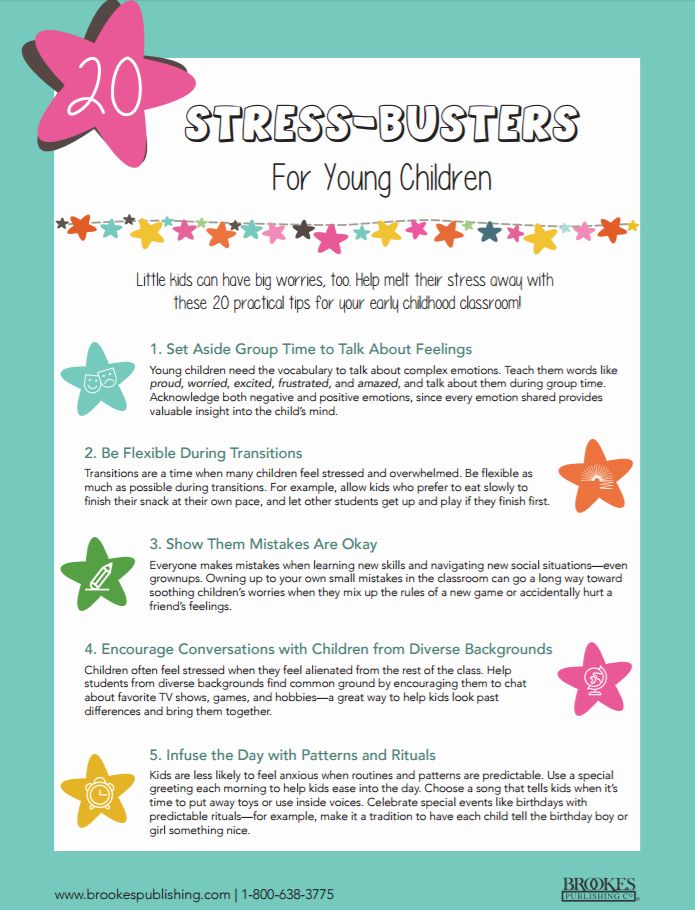
Wow, look at everything you have accomplished today. What was the best part of your day? What are you looking forward to for tomorrow?
Check out this link for a daily reflection and schedule template that you can print for you and your child. Using a consistent format for scheduling your days can help support your structure.
5. Reset your bodyWhen we experience strong emotions, our body responds. Certain practices, such as breathing exercises or stretching routines, can help children increase self-awareness and self-management of their emotional responses. There are many child-friendly breathing and stretching exercises that guide children and help them visualize their practice. Try the SEL app, Wisdom : The World of Emotions for an Augmented Reality (AR) breathing exercise or physical grounding game (visual shown below) for kids to follow along.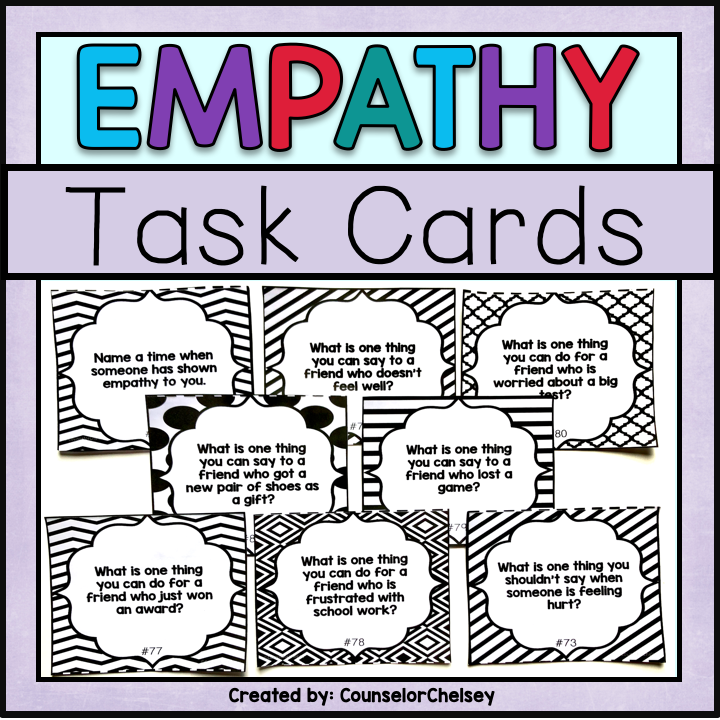
You may choose to do such breathing or stretching exercises at scheduled time of the day (perhaps before bedtime or as a daily break from homework). You may also choose to use these practices when at moments you and your child feel it could be helpful. Try some of these prompts as you and your child navigate good times to reset your bodies:
I notice you seem (insert: upset, distracted, tired, experiencing strong emotions…). Would you like to do a breathing exercise with me?
It’s been a long day. Why don’t we get our bodies and minds ready for bed with some stretches.
I think we can focus on this better after we reset our bodies. Would you prefer to focus on our breathing or stretching?
Better Kids’ Grounding Game - follow these 4 easy steps!
These activities are meant to be easy and meaningful ways to incorporate SEL into your home and into children’s lives.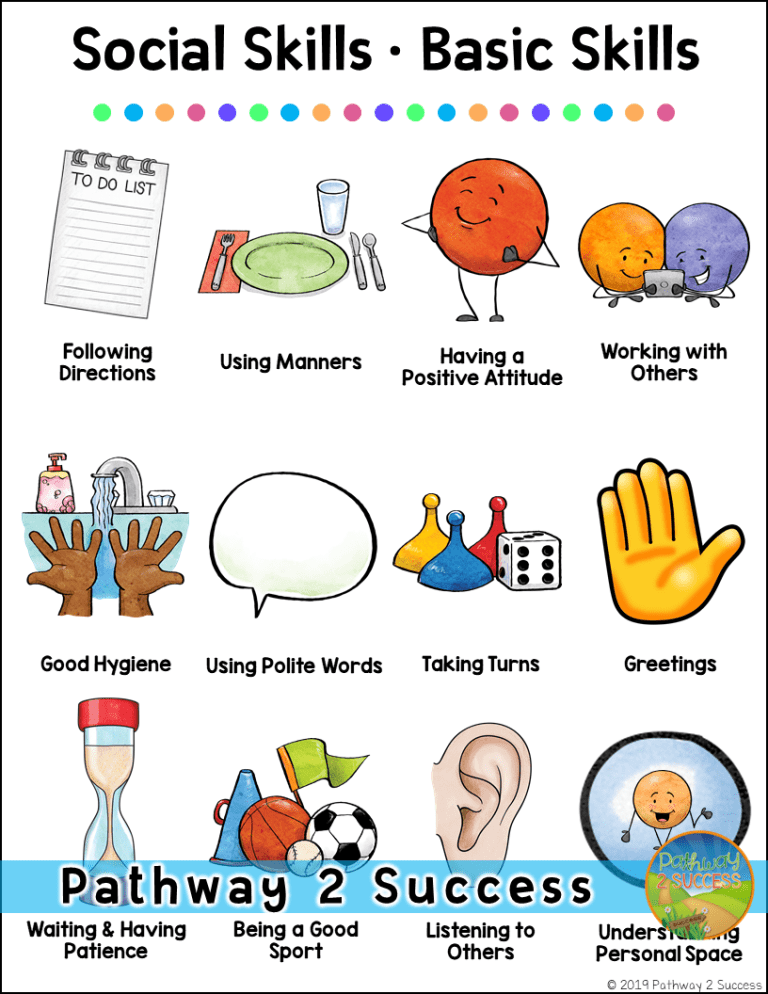 Give them a try and see how your children’s SEL skills strengthen and mature with practice!
Give them a try and see how your children’s SEL skills strengthen and mature with practice!
If you are looking for more activities, try these art activities or these mindfulness activities. If you are an educator, these additional activity ideas for the classroom might be helpful.
Author - Shea Cours
Shea Cours is a 3rd grade teacher and recent graduate from Stanford University. In her free time, she questions whether or not her cat actually likes her.
3 Comments
30 Social Emotional Learning Activities for Elementary
// by Jill Webb
Social-Emotional Learning is important at every age. Even in elementary school, students should be learning skills to help develop their self-awareness, social and relationship skills, and decision making.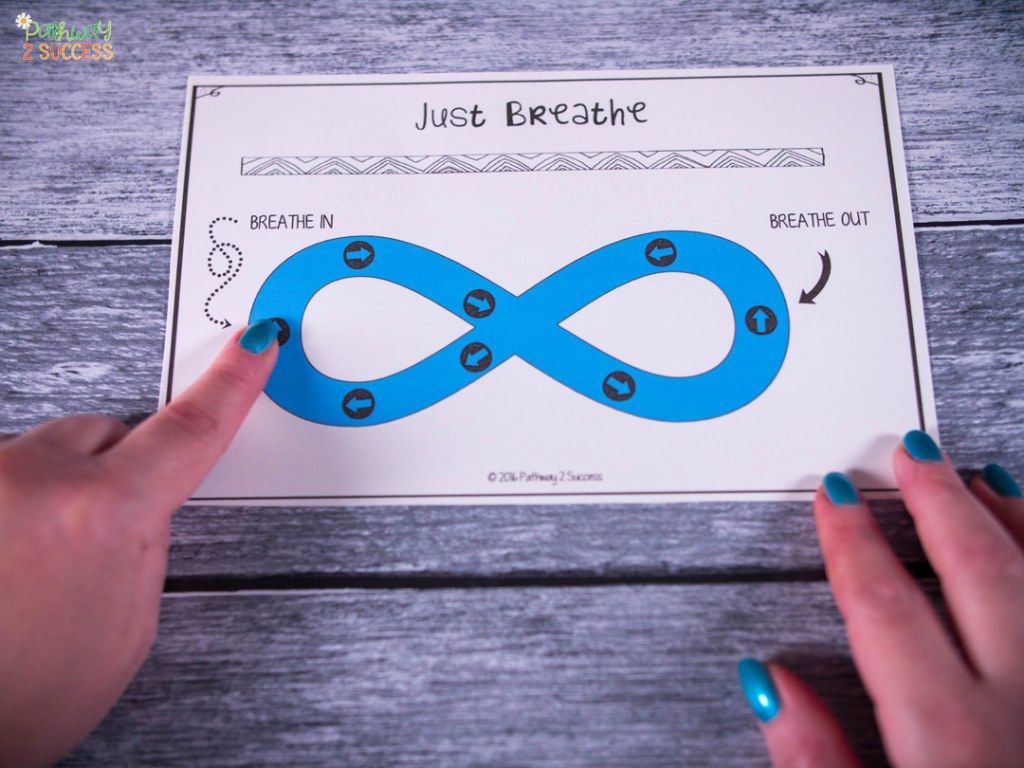 Activities should be age-appropriate and challenge students to build their emotional intelligence.
Activities should be age-appropriate and challenge students to build their emotional intelligence.
Not only will working on SEL create socially strong and emotionally literate students, but it also helps to improve academic performance. Here is a list of 30 different activities that will keep elementary students engaged, while learning more about SEL!
1. Goal Setting
Improve growth mindset by working on actionable goal setting. This activity has students use a graphic organizer to create SMART goals. These positive goals will serve as a reminder of what they are working towards.
Learn more: Mrs. Winter's Bliss
2. Game of Feelings
The Game of Feelings is a card game that helps children learn to manage their emotions. The game has children identify feelings and words in scenarios. It is low prep and a great resource to add to your emotional learning curriculum
Learn more: Childhood 101
3.
 Interactive Writing Activity
Interactive Writing Activity Today our 5th Grade buddies joined us in #SecondGrade for our monthly #SEL activity based on, “The Recess Queen” We had tons of fun! The #SEL activities prepare students to solve problems, manage emotions, and communicate more effectively! #RSDProud #RecessQueen pic.twitter.com/c8AQvXwnxV
— 2ndGradewithMrs.Dower (@mrs_dower) December 5, 2018
A great way to have students collaborate more is having a lower elementary partner with older students to read "The Recess Queen" and create a writing activity around standing up for others.
Learn more: 2nd Grade with Mrs. Dower
4. Bucket Fillers
How Full IS Your Bucket? These are activities to get students to give compliments to others. They encourage students to appreciate and give praise to their peers by writing notes and "filling" buckets of their classmates with positivity!
Learn more: 28 of the Best Bucket Filler Activities
5.
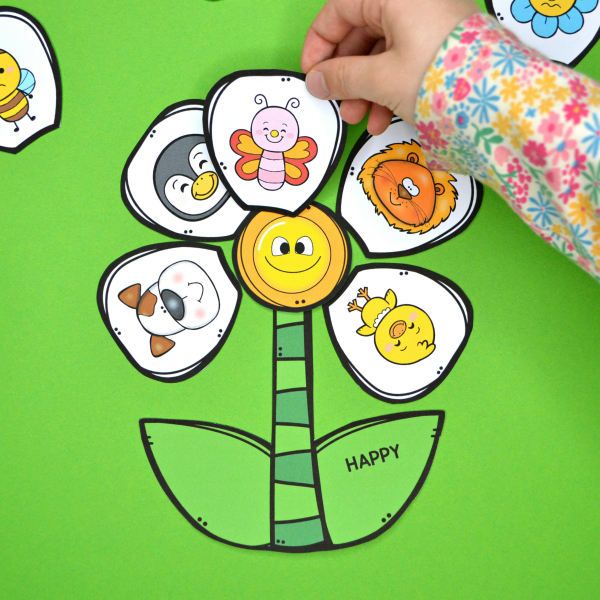 Feelings Thermometer
Feelings Thermometer Have students work on different feelings and gauge them. Using the "Feelings Thermometer" students can tell "how hot" they are by using examples of what it looks like and then examples of how to deescalate themselves. Great resources for supporting behavioral goals!
Learn more: Coping Skills for Kids
6. Self Portrait
Community relationships are also an important part of SEL. Help to build your classroom community with a game of "I Has, Who Has". Students will make a self-portrait and write about themselves and go around playing the game verbally.
Learn more: Curve Your Learning
7. Character Education
Use the book, "A Very Hungry Caterpillar" to teach about character development. Next, using the butterfly worksheet, students will write nice things about one another on each piers cutout.
Learn more: Carson Dellosa Education
8. Color Pages for Mindfulness
If you are looking for a quick mindfulness activity, use these color pages.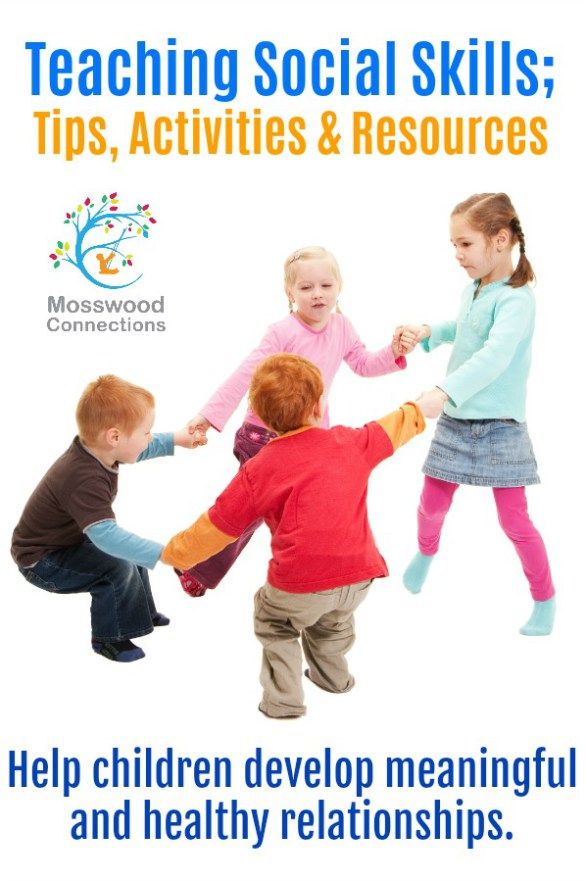 With fun shapes and fonts, these color sheets have different positive messages on each.
With fun shapes and fonts, these color sheets have different positive messages on each.
Learn more: Develop Good Habits
9. Teach Integrity Through Arts and Crafts
If you are teaching students about integrity, this flower craft is a cute idea! Read the book, "The Empty Pot" then have students create petals, by writing ways they can show integrity on strips of colored paper and glue them onto the worksheet.
Learn more: Counselor Up
10. Mental Health Check In
View this post on Instagram
A post shared by Nikki S (@3rdgradesthecharm)
A great way to check in with students during morning meetings or class meetings, this mental health check-in chart will let you know where students are when they enter your class.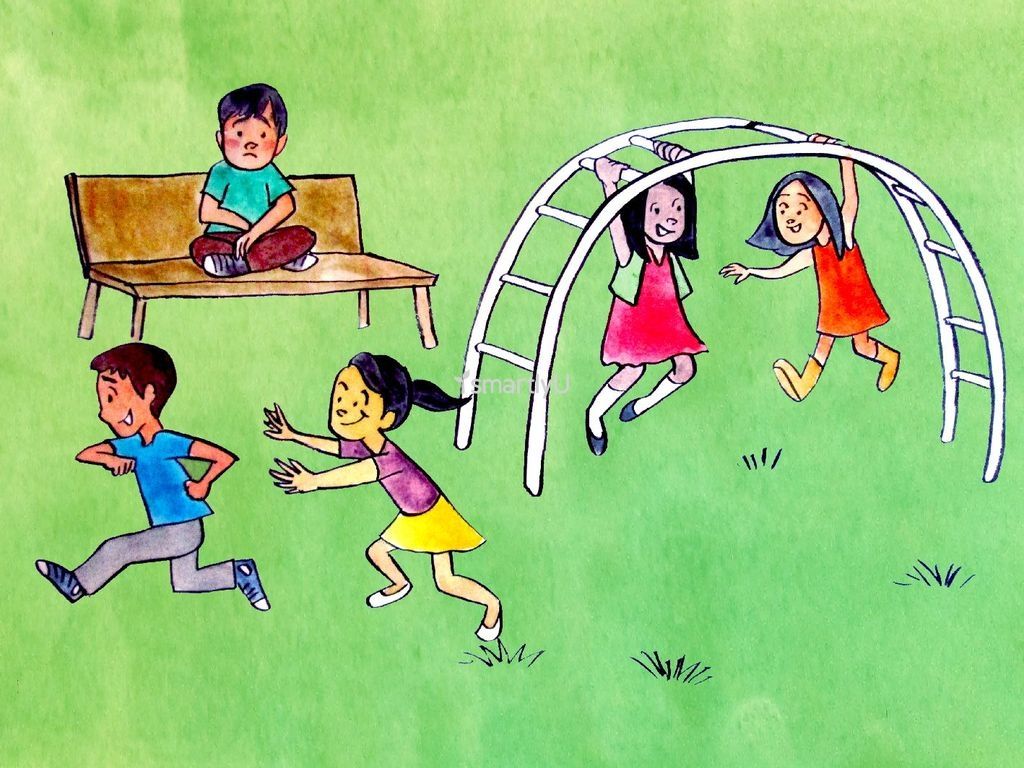 It can also be a great tool to see where your students move, feeling wise" throughout the school day.
It can also be a great tool to see where your students move, feeling wise" throughout the school day.
Learn more: 3rd Grade's the Charm
11. Self Control Cut and Paste Activity
Learning the social-emotional skill of self-control is important for academic success. This simple cut and paste activity will help students to work on improving this skill by modeling what they can say and think.
Learn more: Counselor Chelsey
12. Character Book Activity
Pair this character book activity with "The Good Egg". The students will read the text and do writing with the activity has options for writing about being anxious or testing strategies.
Learn more: Creations by Kim Parker
13. Self-care Corner
A great resource for 1st and 2nd grade teachers is to have a self-care corner. Students can go to the corner to do a quick self-love/self-care activity of looking in the mirror and saying a positive affirmation or read a reminder about how to positive self-talk.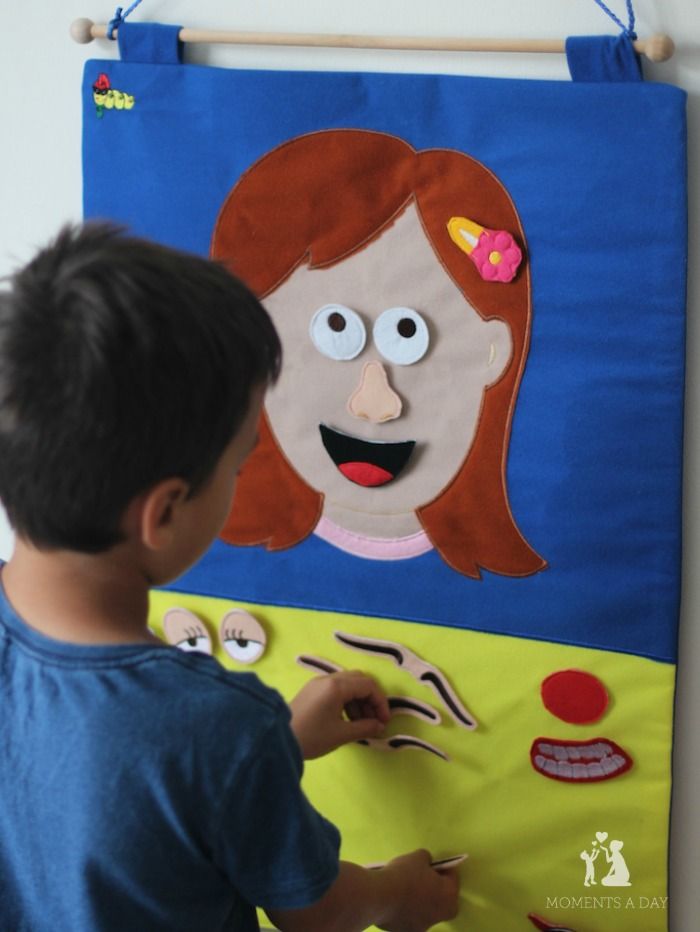
Learn more: Kirsten's Kaboodle
14. Gratitude Journals
We all know our students need to have an attitude of gratitude! Get them to practice gratitude in their lives and help to build positive relationships with this journal entry activity. Each day for a week, students will write in their daily journal about one thing they are grateful for.
Learn more: Talking Tree Books
15. Scenario Activity
Students are going to be in uncomfortable situations and make mistakes. Use this scenario activity to have students turn examples of negative self-talk into positive self-talk!
Learn more: Momentous Institute
16. Graphic Organizer Discussion
If you are looking for an activity to go with the movie "Inside Out", use this graphic organizer discussion activity. It gives kids a chance to talk more about different feelings. If you don't have time to watch the entire movie, it also tells you about specific clips you can watch and discuss.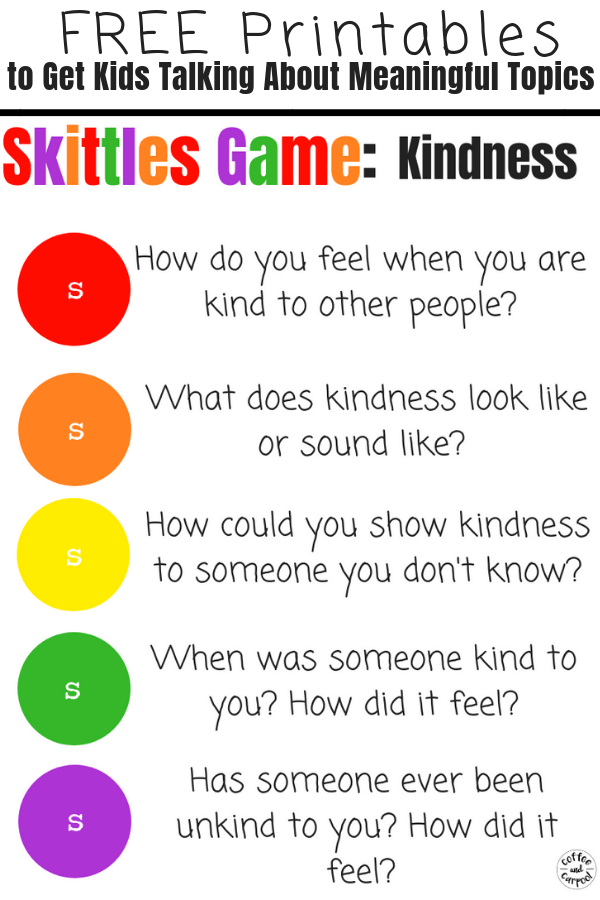
Learn more: Common Sense Education
17. Vision Boards
A fun way to practice self-love and goal life or academic goals is using a vision board. This vision board activity is in worksheet form, so it saves on time, but still allows students to go through the process of creating one.
Learn more: Carrie Elle
18. Kindness Bookmarks
Kindness bookmarks are an easy activity for a class librarian. Promote kindness through literacy and pair it with a read-aloud emotional learning book or put them in your SEL library section!
Learn more: Crafternoon Playdate
19. Origami
Art teachers can teach the skills of patience and perseverance, which are important emotional learning skills through art projects.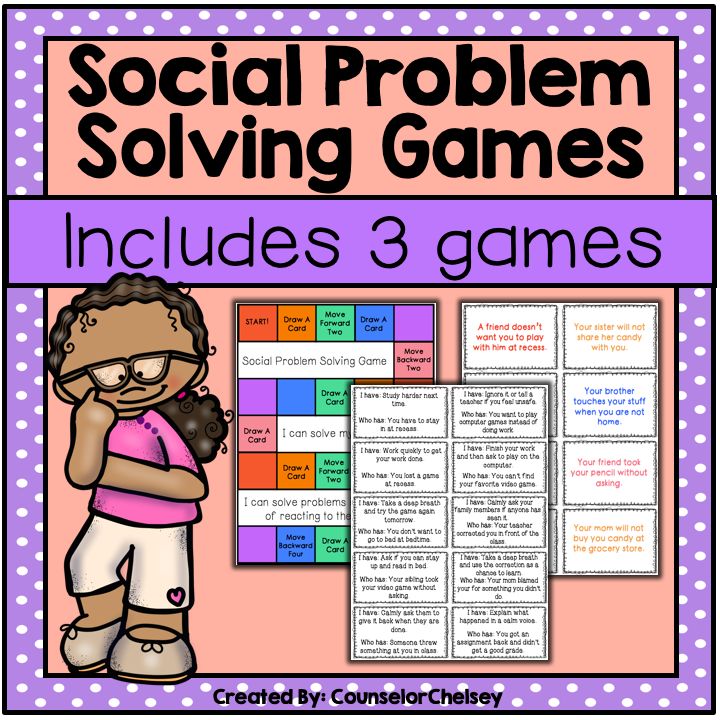 This origami video series is an active learning technique to teach these skills and also can be used for cooperative learning.
This origami video series is an active learning technique to teach these skills and also can be used for cooperative learning.
Learn more: Jenny W. Chan - Origami Tree
20. Deep Breathing Exercise Cards
In these uncertain times, students may be more stressed than usual. Use these cards to teach breathing strategies. They are also a great addition to any calm-down corner for students to use as a resource to calm their anxiety or anger.
Learn more: The OT Toolbox
21. Conversation Cubes
Get students talking about their feelings with conversation cubes! You can modify these cubes to work around SEL subjects you are teaching about like appropriate ways to ask something or conflict-resolution strategies, like "When...I feel" statements.
Learn more: Teachers Pay Teachers
22. Beachball Games
Help students learn about fairness with a beachball game. In this activity, students will look at what makes each of them different and re-write rules that will make the game fairer.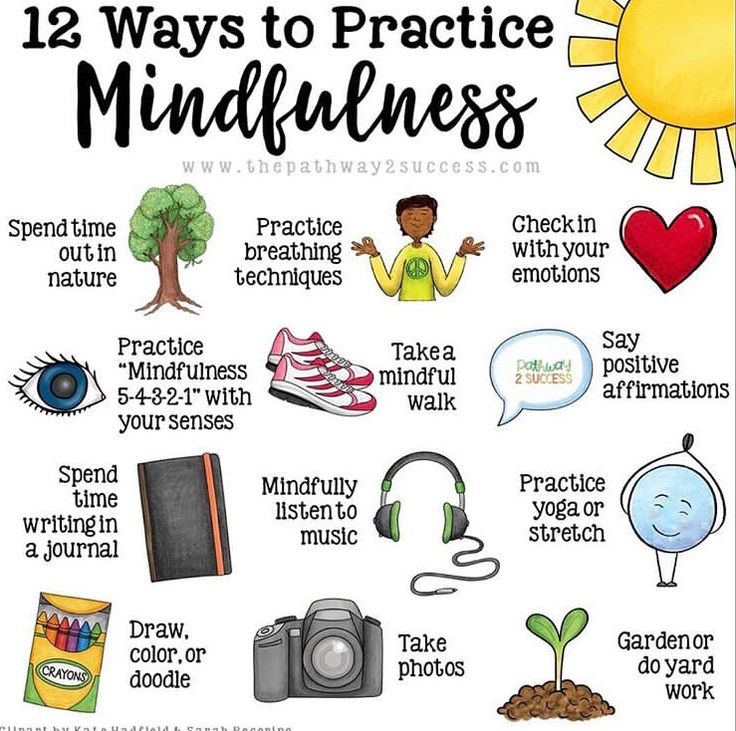
Learn more: Drake University
23. Kindness Bingo
Using special bingo cards, play kindness bingo! Each card comes with a list of different ways to show random acts of kindness. Have students mark them off as they complete them. I great activity for the summer when students don't have access to regular SEL lessons.
Learn more: Random Acts of Kindness
24. Emotions Snowman Craft
Recognizing facial queues in others is important in building healthy relationships and as a life skill. This snowman craft activity has students creating different faces that show varying emotions. You can also challenge students by giving them specific feelings words and have them try to draw them.
Learn more: Red Ted Art
25. Decision Making Activity
Guide students in learning how to make good day-to-day decisions and about the consequences of decisions through "In a Pickle". Students will get cards where they are in a tough situation or "pickle" and have to make an appropriate decision.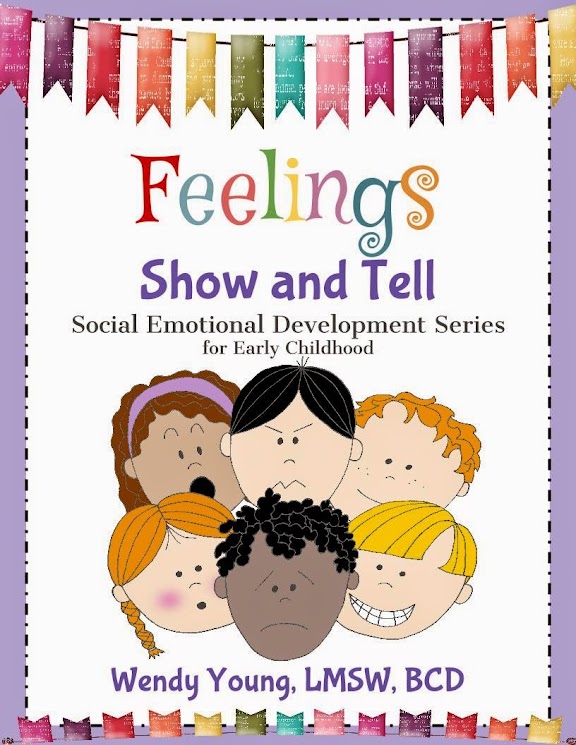
Learn more: Teachers Pay Teachers
26. Emotions Vocabulary
Not all students have the vocabulary to accurately express their emotions. As adults, we know that 'upset' is much more different than 'irate'. Using color swatches to show the connection between colors and the strength of the different feelings, add words to the cards as they grow in intensity. It also helps build better feelings vocabulary so they can better tell how they feel.
Learn more: Hope 4 Hurting Kids
27. Teach Courage
In This activity, the teacher demonstrates strength with a book and a piece of paper. Then the students hold a class discussion about the demonstration they witnessed. It will help students learn more about building courage and our "courage muscles".
Learn more: Tarheelstate Teacher
28. Bulletin Board
If you need an activity to share with the larger community at school, try a bulletin board.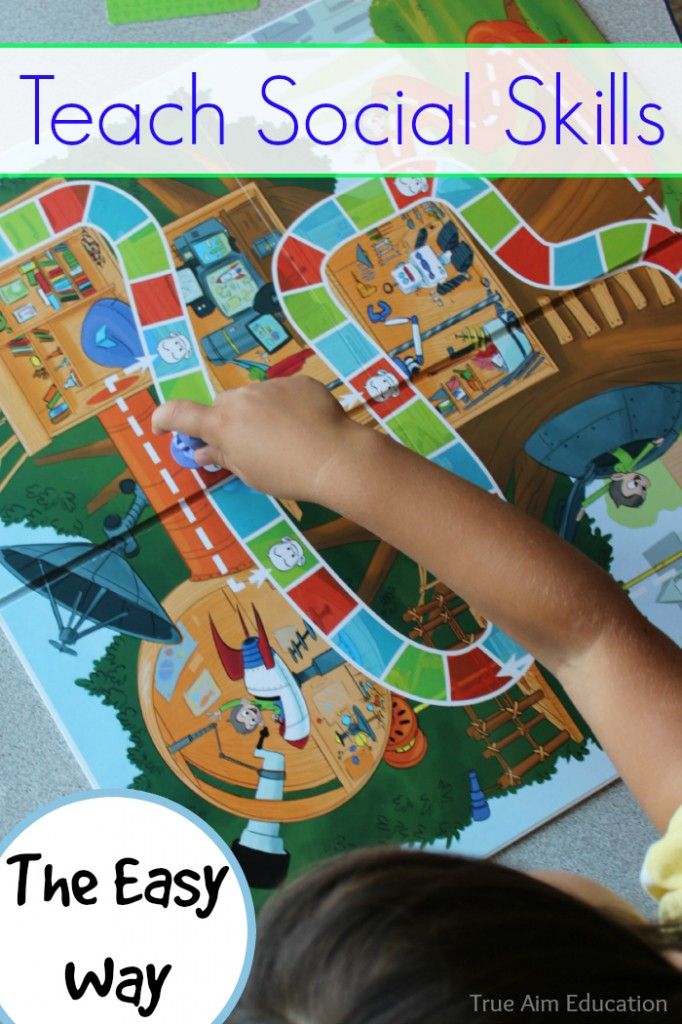 A gratitude jar bulletin board allows students and staff to share things they are grateful for!
A gratitude jar bulletin board allows students and staff to share things they are grateful for!
Learn more: School Counselor Blog
29. Self-improvement Activity
With this activity, students will focus on self-improvement. They will create a poster with mini-goals related to ways they can change and improve upon themselves to further academic growth.
Learn more: Worksheet Place
30. Sensory Mandala
Sensory items are great for calming students. Have them create this sensory mandala using found objects or craft materials you have and some pipe cleaners. Try to use a variety of textures that students can use as a sensory tool when their feelings are overwhelming.
Learn more: Kiddie Matters
Related posts:
Category: Classroom Ideas
Creative center SPHERE - increasing competence in matters of education
Material program
Summary
Khalimdarova G.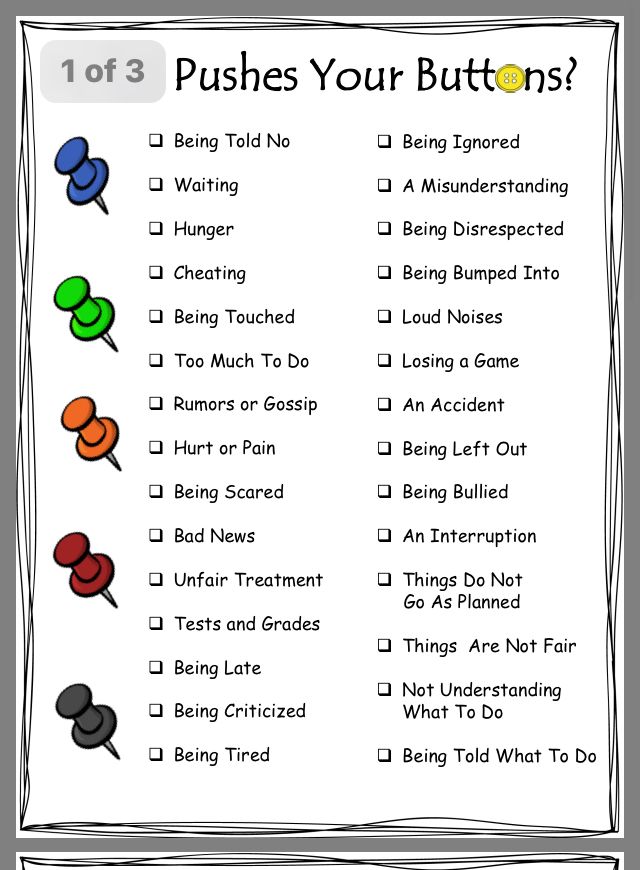 R., Postgraduate Student, Department of Preschool and Primary Education, Ulyanovsk State Pedagogical University named after I.I. I.N. Ulyanova, Ulyanovsk.
R., Postgraduate Student, Department of Preschool and Primary Education, Ulyanovsk State Pedagogical University named after I.I. I.N. Ulyanova, Ulyanovsk.
In the context of recent innovations in preschool education, the development of communicative abilities in older preschoolers, which ensure the success of the personality in various activities, is of particular importance. Despite the interest of researchers in this problem, the possibilities of theatrical play in the development of communicative abilities of older preschoolers have not been studied enough.
At the heart of any type of human activity is communication, which acts as the most important factor in establishing relationships and connections between people. The ability to build harmonious communication is one of the most important qualities and abilities of a person.
Domestic psychologist R.S. Nemov interprets communication skills as a set of knowledge, skills and abilities that orient a person to the ability to listen and understand another, contribute to the establishment of high-quality business and personal relationships, and have a psychological impact on him [4].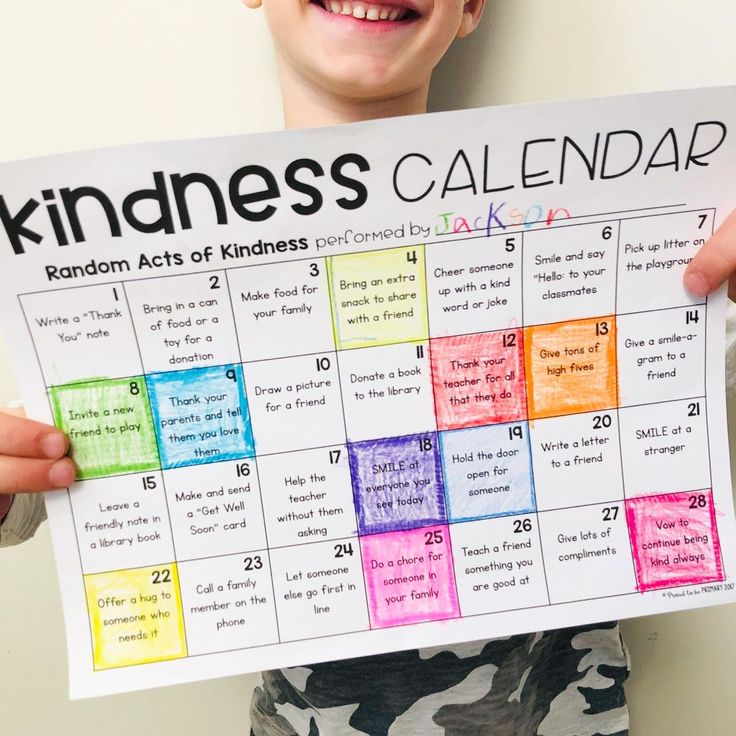
L.A. Mikhailov considered communication skills as those that can provide psychological compatibility and communication, which implies the transfer of information to a communication partner and receiving the desired feedback [5].
The development of communication skills must begin from preschool age, since it is an important condition for the normal psychological development of the child, is the main task of preparing for further education at school. This provision is reflected in the GEF DO: “... social and communicative development is aimed at mastering the norms and values accepted in society, including moral and moral values, the formation of independence, purposefulness and self-regulation of one's own actions; development of social and emotional intelligence, emotional responsiveness, empathy, formation of readiness for joint activities with peers” [6].
In the game, a preschooler develops those aspects of the psyche, on which the success of his educational and work activities, relationships with people will subsequently depend.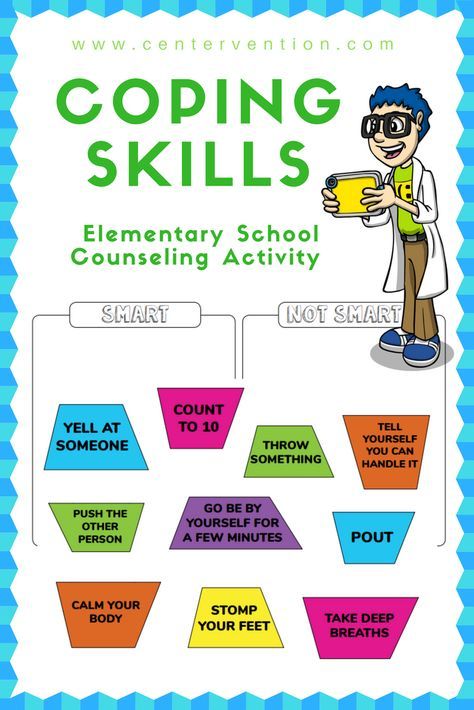 Theatrical activity, acting as one of the types of play, becomes natural and interesting for a preschool child. The appearance of the theatrical game is associated with the period of childhood, when children have an interest in fiction, a desire to use a literary plot in their games. Theatrical games, based on the content of a fairy tale or story, develop according to a script prepared in advance.
Theatrical activity, acting as one of the types of play, becomes natural and interesting for a preschool child. The appearance of the theatrical game is associated with the period of childhood, when children have an interest in fiction, a desire to use a literary plot in their games. Theatrical games, based on the content of a fairy tale or story, develop according to a script prepared in advance.
Theatrical activity, according to I.V. Buchkovskaya, allows in an unconventional form to create conditions for enriching children with knowledge about the peculiarities of people's relationships, developing the experience of social skills, as well as developing the ability to establish and maintain interaction on a partnership basis [2].
In the studies of L.P. Bochkareva points out that a theatrical production is preceded by significant pedagogical work. In the course of such preparation, children discuss the plot, the nature of the characters, the role of the scenery, learn to generalize and defend their point of view.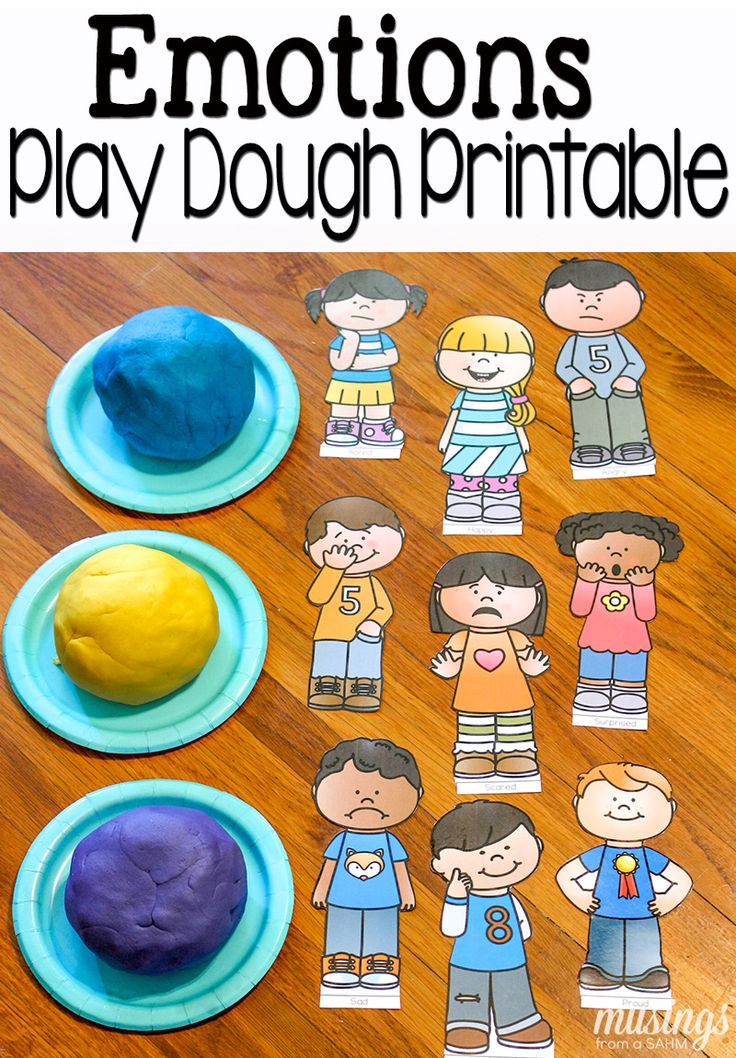 Thus, the theatrical game acts as a means of developing the ability to conduct a dialogue with peers, which, in turn, affects the social and personal development of the child, forms communication skills [1].
Thus, the theatrical game acts as a means of developing the ability to conduct a dialogue with peers, which, in turn, affects the social and personal development of the child, forms communication skills [1].
Bright and exciting games of children based on the plots of literary works can be observed when using bibabo dolls. Organizing such games with children of senior preschool age, focusing on the methodology of E.A. Konysheva [3], we have identified the following stages of work on the formulation:
- preparatory;
- training;
- stage of independent play;
- the stage of enrichment of the content of gaming activity and creativity.
At the preparatory stage, literary works are selected that can be effectively used for theatricalization in a group of older preschool children.
We can distinguish the following criteria by which the selection of a literary work for theatricalization is carried out. It should:
- have a clearly expressed moral and educational impact of the plot;
- correspond to the age characteristics of children, while being rich in content with dialogues and plot actions, possibly having repetitions in the text;
- to promote the formation of reflection, emotional self-awareness, enrichment of the child's ideas about the variability of human relationships;
- have a pronounced antagonism of good and evil, positive and negative character traits of the characters;
- The plot should be close to the existing social experience of the child.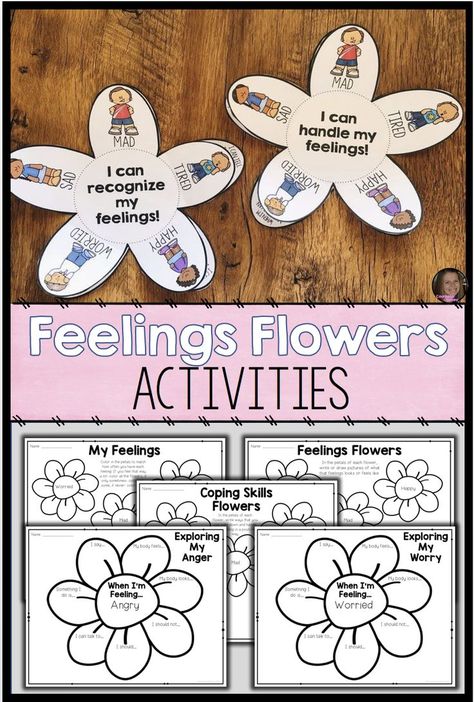
For the implementation of theatrical productions, fairy tales by V.G. Suteeva: “Terem-Teremok”, “Apple”, “Under the Mushroom”, “Ship”, “Different Wheels”, “Rooster and Colors”, which are distinguished by their small volume, liveliness, wit, lexical simplicity of the text.
One of the frequent causes of conflicts faced by teachers at the training stage is the distribution of roles. Therefore, at the preparatory stage, it is advisable to conduct trainings with children on cohesion, harmonization of relations within the team, and relieving emotional stress. Thus, in the process of preparing for theatrical activities, the children learned to negotiate among themselves about the work ahead, to jointly solve problems, eliminate conflicts, and come to compromises.
At the training stage, the roles were distributed, rehearsals were held for dubbing the dialogues of the characters. The children were also engaged in the preparation of scenery, the selection of bibabo dolls, and the design of invitation cards.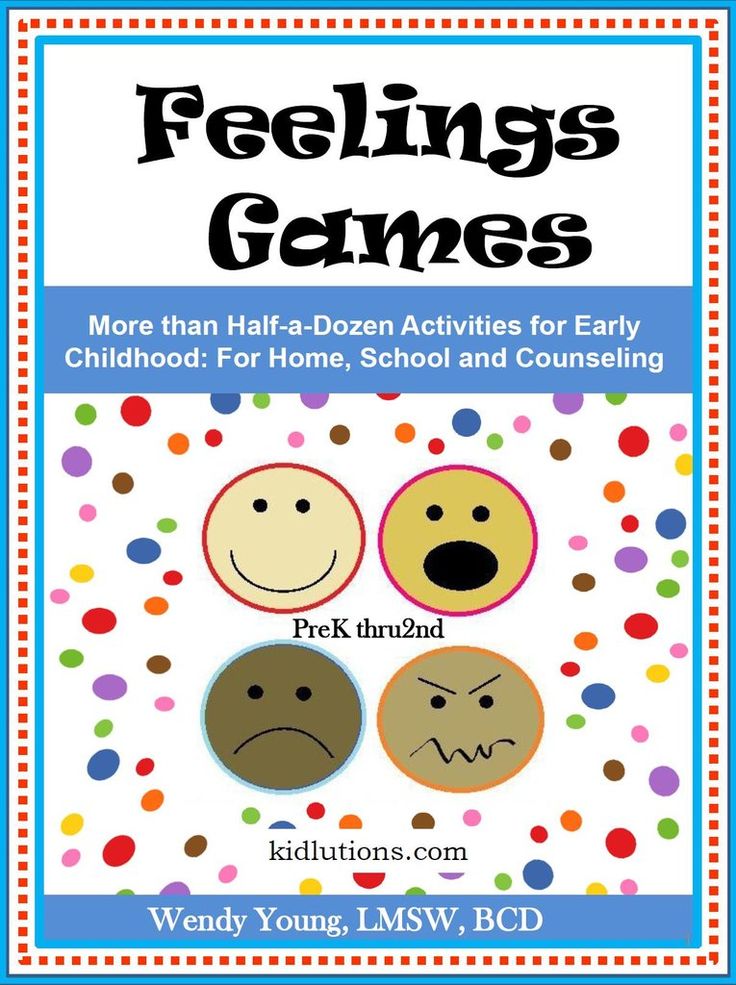
To form the integrity of the artistic image, it was important to teach preschoolers to correctly select and, if necessary, vary the means of artistic expression, which is of particular importance in the process of forming communicative abilities. Therefore, it is so important to work on children's awareness of the role of movements, intonations, timbre and strength of the character's voice in order to reveal his character. It is important to teach children to maintain a balance between the author's intention and their own vision, improvisation. The method of “moral ladder” proposed by D.V. helps very well in this. Mendzheritskaya. Children place the heroes of the work on a ladder of five steps: on the top - a positive hero, on the bottom - a negative one, and the rest of the characters should take the intermediate steps. The position of each character on the ladder is argued by the children. This makes it possible to trace the indicator of the emotional attitude of children to the characters, to correct the discrepancy in understanding the motives of the behavior of the heroes of the work.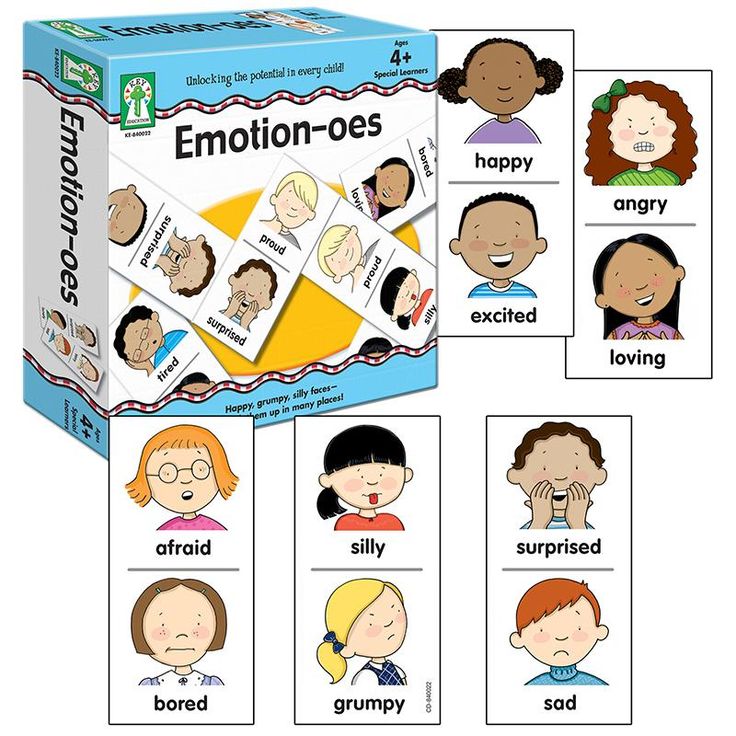
Theatrical play with the help of the bibabo theater involves coordination and endurance in the work of the brush in order to more accurately convey the plasticity of the doll's movement. At this stage, gymnastics was also carried out, aimed at liberating the fingers, forearm and shoulder, games for the development of fine motor skills. Preparation for a theatrical game will be more interesting if you use a creative idea, musical accompaniment, as well as logorhythmic exercises, finger games, rhythmic recitations, choreographic etudes, corrective games with singing. All this allows you to form the necessary sound of the voice, corresponding to the role, to develop the correct speech breathing, clear diction, expressiveness of performance, etc.
The stage of an independent game is the playing of a piece. The activity of the teacher here is aimed at updating preschoolers' moral motives of behavior, rules of etiquette, mechanisms of tolerant attitude towards other participants in the theatrical game.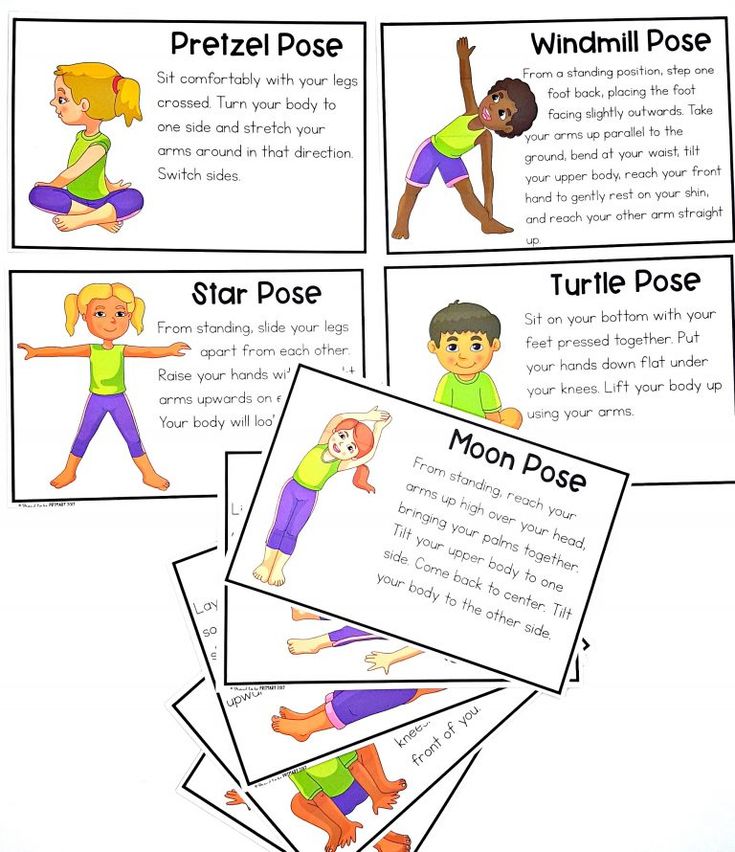 The stage contains primary and replay. After the initial playing, the teacher, together with the children, analyzes the game, focusing on what turned out best. It will certainly turn out that each child managed to prove himself in certain details. The teacher tactfully points out possible improvements by the actors in creating the image of the hero, helps in case of difficulties.
The stage contains primary and replay. After the initial playing, the teacher, together with the children, analyzes the game, focusing on what turned out best. It will certainly turn out that each child managed to prove himself in certain details. The teacher tactfully points out possible improvements by the actors in creating the image of the hero, helps in case of difficulties.
The stage of independent play is closely related to the formation in the child of a positive attitude towards joint activities with peers. This process covers several aspects of theatrical activity at once. On the one hand, during the preparation and implementation of a theatrical game, children help and support each other, learn to take care of their comrades and take into account the opinion of another, enjoy and enjoy joint activities; on the other hand, the child, as it were, “lives through” the plot of the work, takes the position of the character, begins to become more aware of moral categories, their role in behavior, comes to the realization of a personal contribution to the implementation of a common joint cause, acquires practical skills (management of one’s own body, means of conveying expression etc.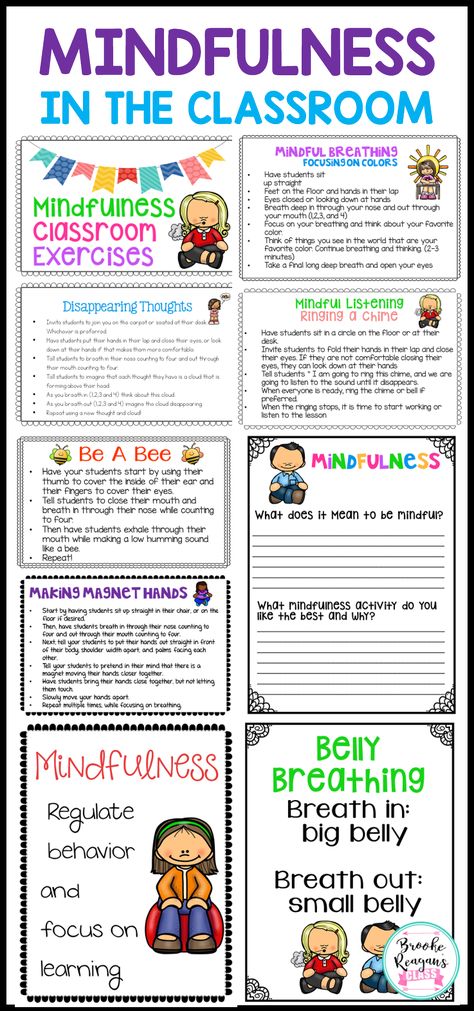 ).
).
The joint activity in the theatrical game does not end there. After playing the game according to the plot of the work, children can express their imagination and creativity. It can manifest itself in the creation of alternative plot lines, the introduction of a new hero, a change in the ending, the transformation of the genre of a literary work.
Thus, the theatrical game serves as an effective means of developing the verbal creativity of children, allows you to achieve significant results in the process of developing communicative abilities. By systematically conducting theatrical games, we noticed that children became more confident in interacting with peers who were less prone to conflicts, they had new forms and ways of resolving conflict situations, children more often began to resort to verbal explanation of their actions.
Literature
1. Bochkareva L.P. Theatrical and gaming activities of preschoolers: Method.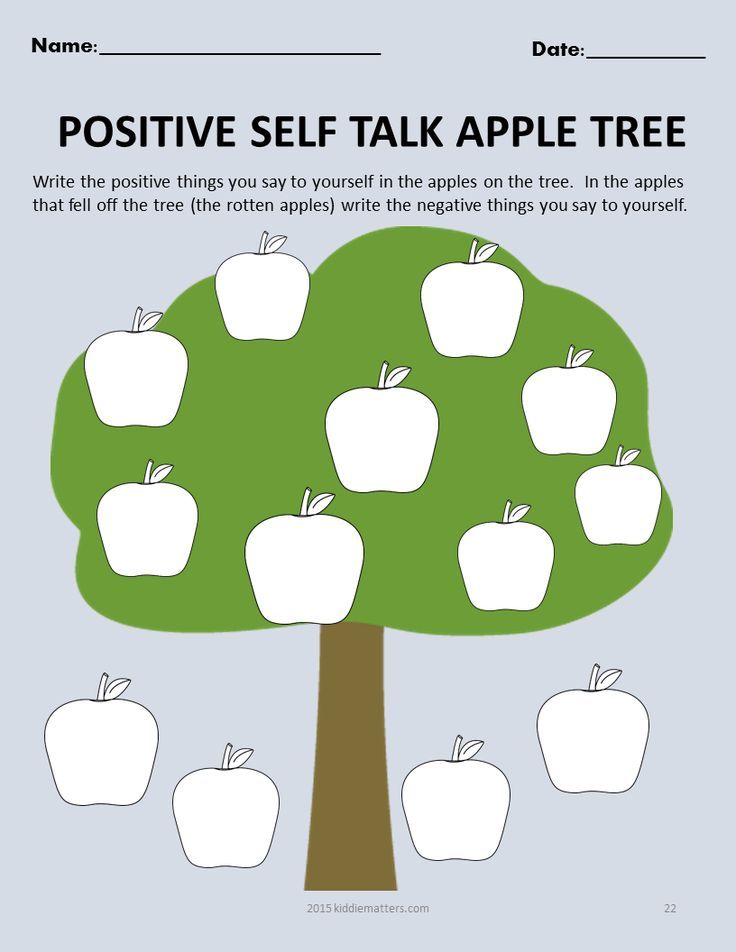 manual for specialists in preschool education. Ulyanovsk, 1993.
manual for specialists in preschool education. Ulyanovsk, 1993.
2. Buchkovskaya I.V. Educational possibilities of the theatrical game in the formation of the communicative abilities of children of primary school age // Perm Pedagogical Journal. 2013. No. 4.
3. Konysheva E.A. Formation of gender tolerance in children of senior preschool age in the process of play-dramatization: Dis. ... cand. ped. Sciences. Perm, 2006.
4. Nemov R.S. Psychological counseling: Proc. for academic undergraduate studies. Moscow, 2015.
5. Mikhailov L.A. and others. Psychology of communication: Proc. allowance. SPb., 1994.
Tell friends:
"The world needs a new generation of emotionally educated people"
Thirty years ago, pioneers in the study of emotional intelligence, professors of New Hampshire and Yale University John Mayer, Peter Salovey (now president of Yale University) and David Caruso introduced the very concept of "emotional intelligence" (emotional intelligence, EI) into scientific terminology and defined it as part of general intelligence, as the ability to recognize and understand one's own emotions and the emotions of other people, manage them and use them to solve problems and achieve results.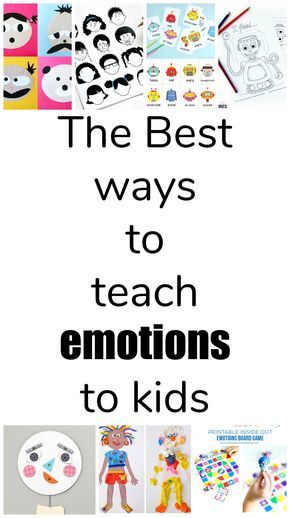 It is the ability to be competent in human contacts and to understand oneself.
It is the ability to be competent in human contacts and to understand oneself.
Davide Antognazza
Professor at the Swiss University of Applied Sciences, expert on child emotional intelligence development and social-emotional learning
Emotional intelligence and emotional-intellectual learning environment are the most important innovations in the field of education in the last 30 years. There is no doubt that our brain works both in a rational (cognitive) way and in an emotional way. And both of these areas must be used in the system of education and development of the child. Our world needs a new generation of emotionally educated people who will not only understand the essence and influence of emotions on our lives, but will also be able to manage themselves and interact harmoniously with others.
The structure of emotional intelligence includes four groups of abilities:
The ability to recognize one's own emotions and emotions of another person (by facial expressions, gestures, posture, behavior, voice).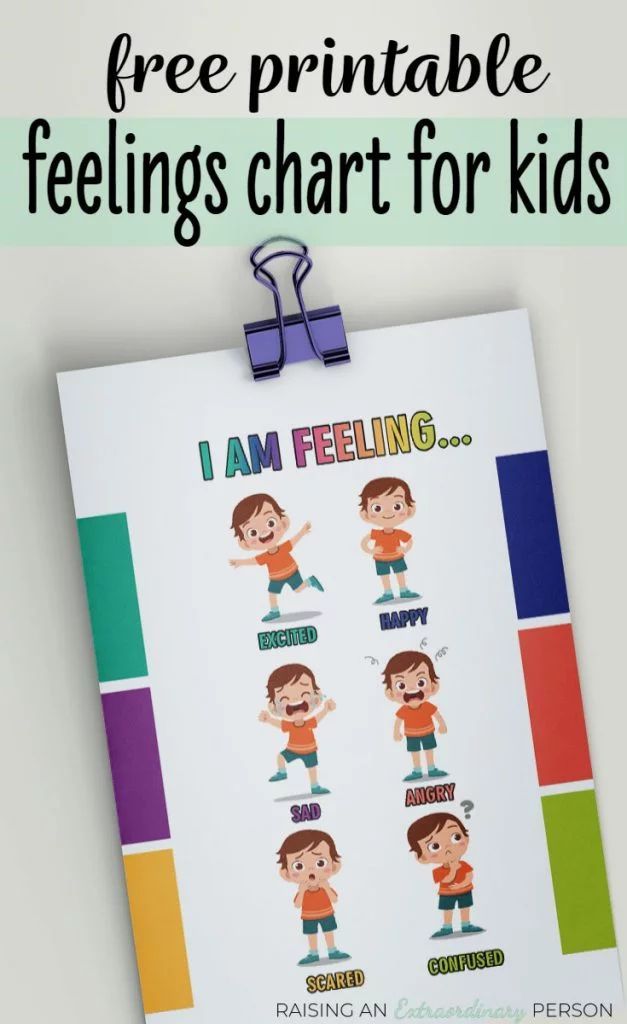 What emotions are you experiencing right now? What emotions does the child experience? These questions baffle many people.
What emotions are you experiencing right now? What emotions does the child experience? These questions baffle many people.
The ability to competently direct emotions to stimulate mental activity and solve problems . Do you remember a situation when an unexpected emotion prevented you from achieving an important result? Or, on the contrary, helped to solve the problem? Each emotion has an important function and helps you and your child in certain situations.
The ability to determine the causes of emotions, predict how emotional states (scenarios) change over time, and understand complex emotions and feelings. What is the cause of this or that emotion? Often when communicating with others, we notice that our neutral (as it seems to us) words cause a violent emotional reaction in the other person. What could happen? You may have touched on his values.
The ability to regulate emotions, awaken them and direct them towards achieving goals.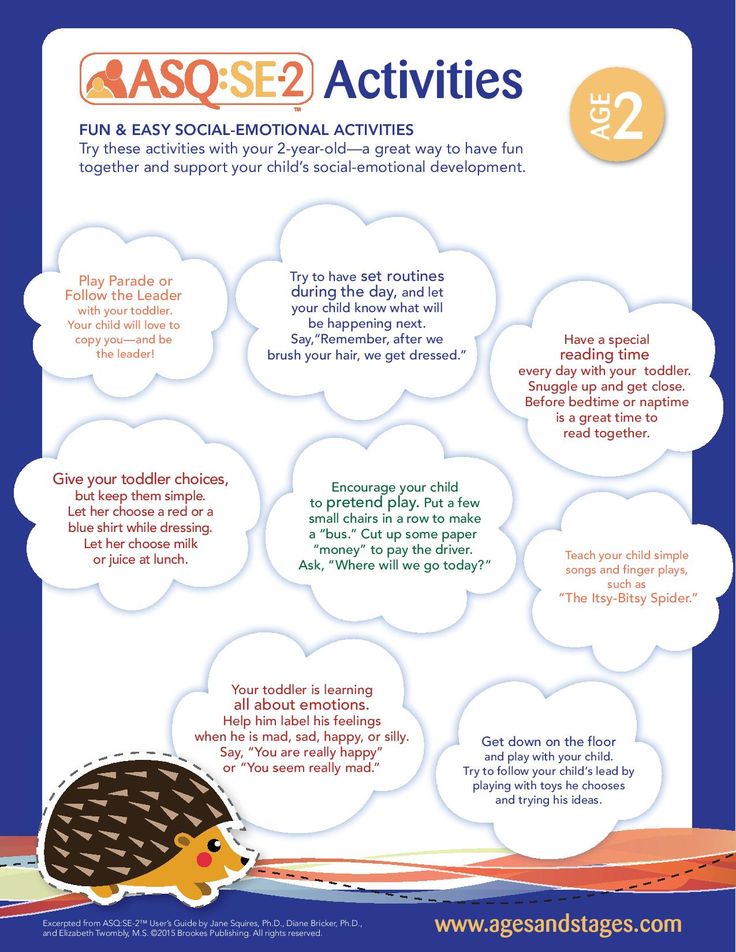 If this emotion does not help you now, how can you switch? What strategies work for you?
If this emotion does not help you now, how can you switch? What strategies work for you?
How to create an emotional and intellectual environment at school, taking into account the different data of children
The task of the emotional and intellectual environment is to create conditions and an emotionally favorable atmosphere for development for everyone. This cannot be reduced to fragmentary, one-time activities with children, it should be a systematic introduction into the educational and upbringing process of a set of training programs and practices for the development of emotional intelligence, covering all participants in this process, including both teachers and parents. After all, the teacher, paying attention to his emotions and the emotions of children, using "emotional" words, the whole range of emotions, demonstrating a sincere interest in students, helps them also consciously relate to their emotions and feelings, predict the consequences of their reactions and behavior.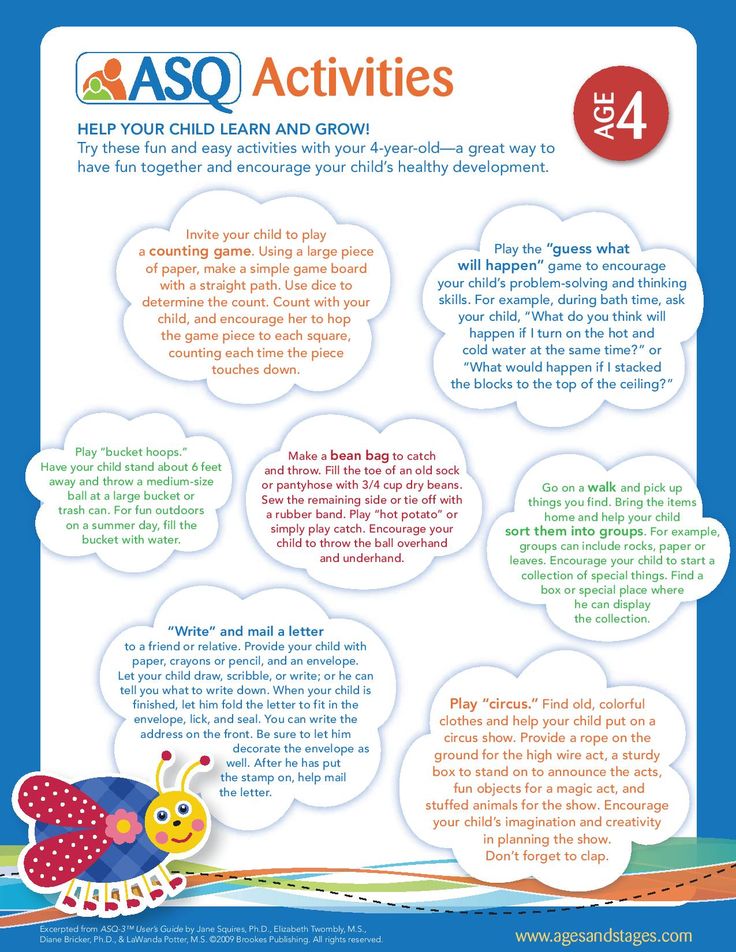 This is the first important step in creating an EI environment.
This is the first important step in creating an EI environment.
This means that, first of all, it is desirable not only to develop the emotional intelligence of children, but also to teach both teachers and parents how to behave in such a way as to improve communication, empathy, understanding one's emotions, managing emotions, using emotions in acceptance solutions and problem solving; how to create an atmosphere of care, respect and involvement for the child, which will favor his development in the right direction both at school and at home.
Parents, teachers, educators, leaders of educational and educational institutions - all play an important role in creating and maintaining the EI environment.
Elena Khlevnaya
Emotional Intelligence Ambassador in Russia, founder of the Emotional Intelligence Laboratory (Skolkovo Resident)
child to think, act and make effective decisions. This scientific approach provides a strict methodological logic and effectiveness of programs, verified tools for developing abilities, and also allows you to get predictable practical results.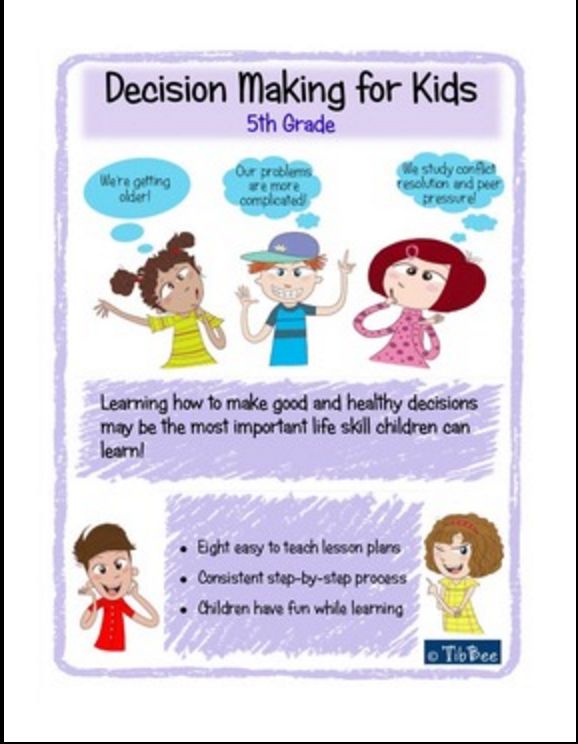
There is a valid objective method for diagnosing emotional intelligence, developed on the basis of this scientific approach. Since 1997, the founders of the theory of EI have been developing a test method for measuring EI, and after numerous studies and tests in 2002, they released a new test - MSCEIT V2.0 (The Mayer-Salovey-Caruso Emotional Intelligence Test). This test was translated into Russian and adapted to the Russian sample under the guidance of Dr. Psych. D., Professor of IP RAS E. A. Sergienko. In the course of adaptation, it became necessary to create a culturally specific test that reflects the traditions of the Russian-speaking population; the Russian Emotional Intelligence Test (ETI) was created.
And very soon there will be an adolescent test for the level of development of EI of children and adolescents from 10-17 years old - MSCEIT - YRV, translated and adapted under the guidance of E. A. Sergienko for the Russian-speaking sample.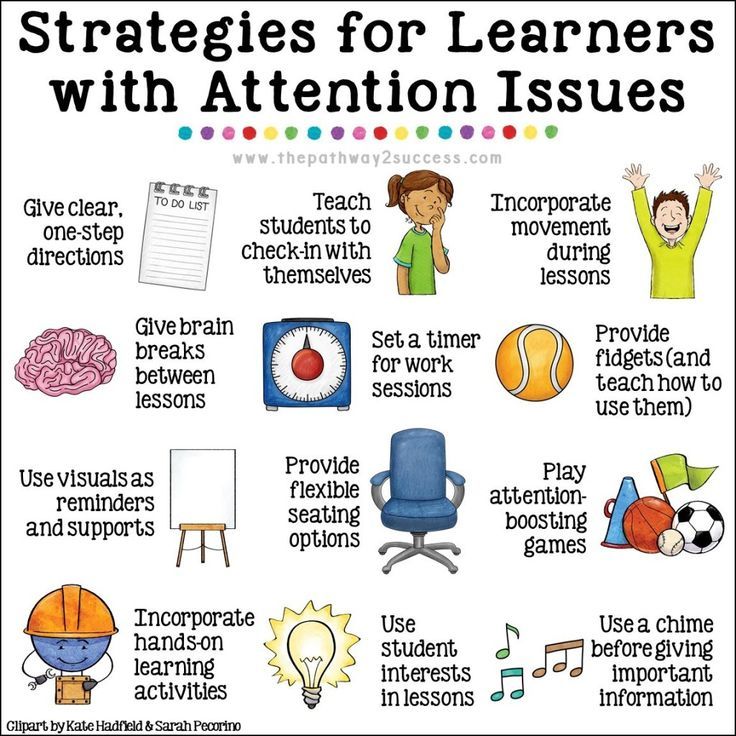
The test as an objective method allows you to see an individual picture of the development of EI with strengths and areas of growth, as well as to check the effectiveness of the EI development program.
And, of course, there are many years of research and practice confirming the effectiveness of a developed EI of a child in his adult life - in building a career, personal relationships, and so on.
Tatyana Kiseleva
Psychologist, chief consultant of EI Children
he studies with interest, shows higher academic results.
He can cope with the stresses of school life and direct his emotions in the right direction more effectively than children with low EI. Parental support is very important in developing these abilities. If in the evening after school with the child they sum up the “emotional” result of the day, discuss which emotions helped him cope with the tasks, and what went wrong as he would like, it is easier for him to experience difficult emotional situations at school.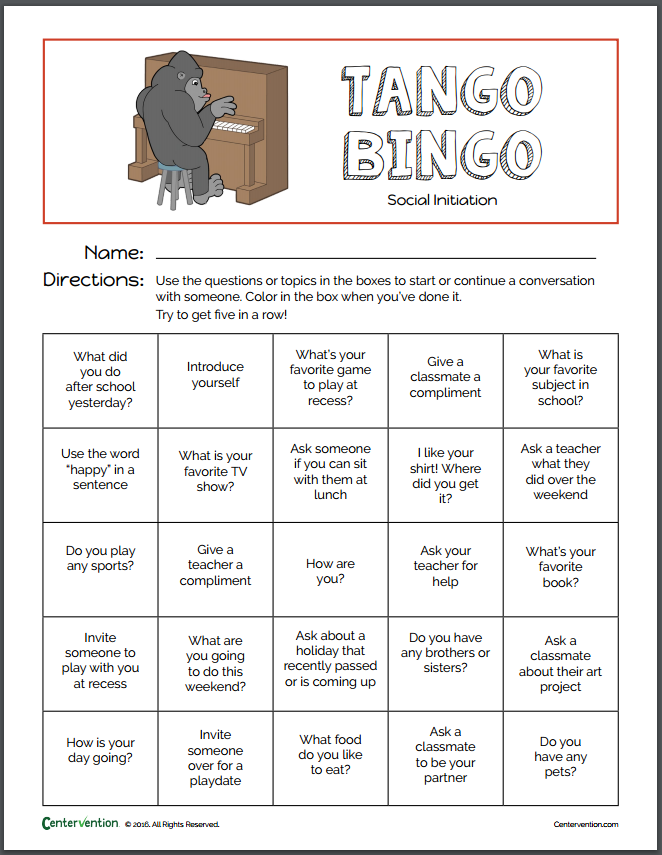
The book "Emotional intelligence of the child and the common sense of his parents"
This is a book for a wide range of readers. First of all, for parents, since the emphasis is on relationships with children, on how and with the help of what strategies and techniques parents can contribute to the development of the child's emotional intelligence, how to create a developing emotionally-intellectual environment. As a bonus, you can also develop your emotional intelligence!
The book will also be of interest to educators, psychologists and other professionals working with children who are concerned about applied issues in the development of emotional, intellectual and social skills of children and adolescents.
https://ast.ru/book/emotsionalnyy-intellekt-rebenka-i-zdravyy-smysl-ego-roditeley-850503
We invite you to Emotional Intelligence Week , which will be held March 1-5 in social networks " EI Children.




